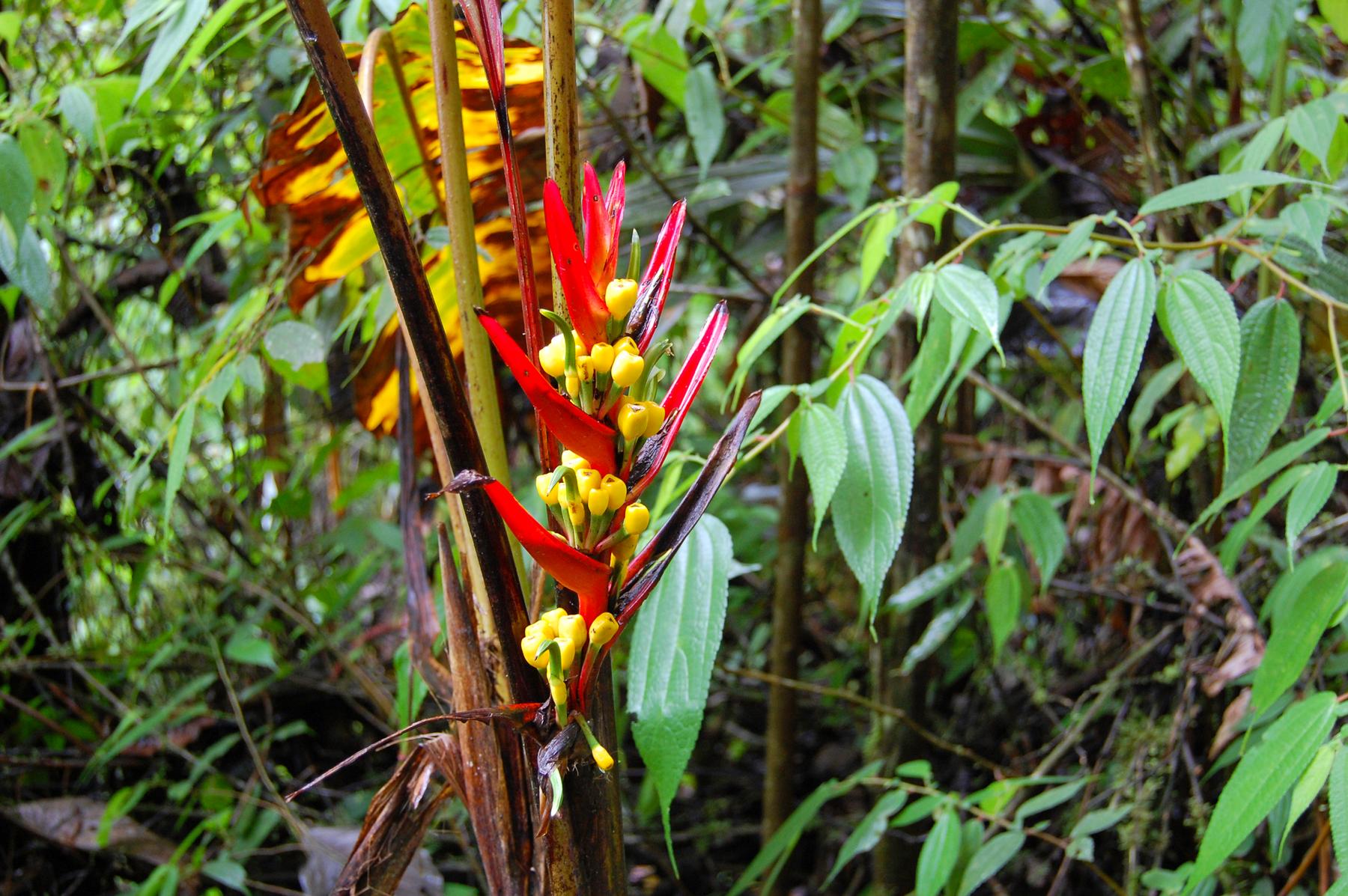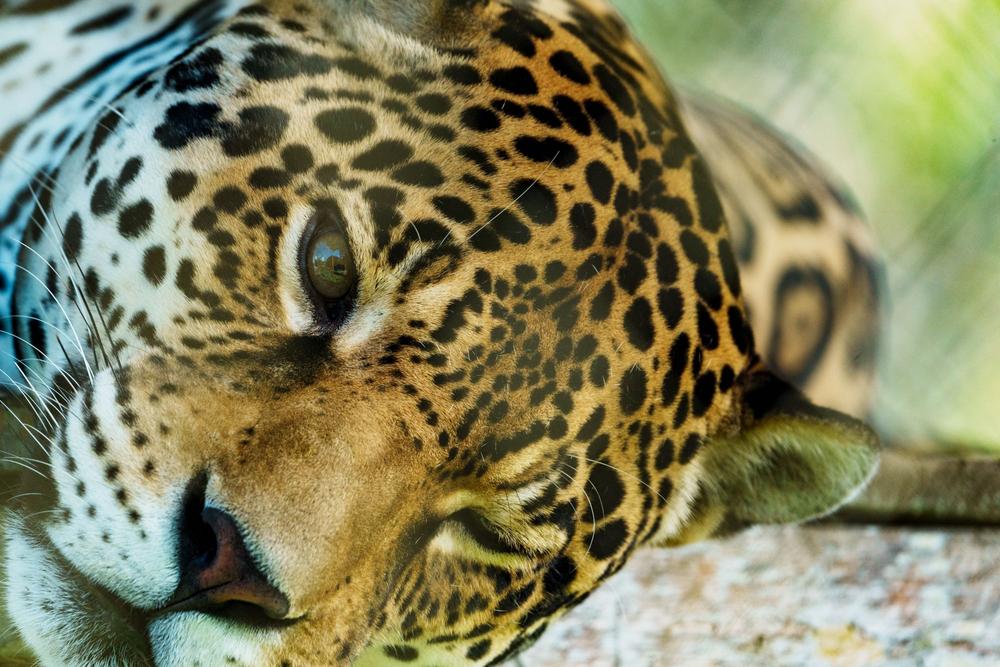
Ensuring the well-being of current and future generations by protecting nature
For more than two decades, Conservation International Ecuador has worked to conserve critical ecosystems, promote sustainable fisheries and protect Indigenous-held lands.
At the national level, we provide technical expertise to shape public policies and programs that prioritize nature conservation and the well-being of people. In the field, our initiatives include promoting sustainable fishing in the Galapagos Archipelago, conserving mangroves along Ecuador’s coast, protecting at-risk species in the lush Chocó region, protecting paramos through conservation incentives and strengthening the management of Indigenous territories in the Amazon rainforest.
By forging strategic partnerships, leveraging innovative science and building local capacity, we develop solutions that benefit both nature and the people who rely on it.
2001
YEAR FOUNDED
1.9M
PEOPLE
dependent on nature in Ecuador1
845M
METRIC TONS
of irrecoverable carbon in Ecuador2
481
VERTEBRATE SPECIES
that are endemic to Ecuador3
Areas we work

Promoting ecological connectivity in the Amazon
Landscape fragmentation is one of the greatest threats to biodiversity, as it divides habitats into small, isolated patches, hindering the movement and survival rate of species. To help thwart the fragmentation of our vital landscapes, Conservation International Ecuador promotes ecological connectivity as a key strategy to facilitate species dispersal and maintain ecosystem balance.
In 2023, Conservation International Ecuador launched the Amazonian Connectivity Corridors project in collaboration with the Ministry of Environment, Water and Ecological Transition, the WWF-GEF, and local Indigenous groups. This initiative aims to establish two connectivity corridors with effective management mechanisms to ensure the long-term conservation of biodiversity and ecosystem services.
Using an ecological connectivity model that identifies optimal routes for wildlife movement, the project has already defined two key corridors in the north and central Amazon, spanning more than 400,000 hectares.
By strengthening ecological connectivity, the project not only conserves biodiversity but also enhances the resilience of Amazonian ecosystems and the communities that rely on them. Over its lifetime, the project is expected to directly benefit 4,000 people — including many in the Shuar, Achuar, Kichwa and Siekopai Indigenous communities — with 40 percent of beneficiaries being women.
References
- Fedele, G., Donatti, C. I., Bornacelly, I., & Hole, D. G. (2021). Nature-dependent people: Mapping human direct use of nature for basic needs across the tropics. ScienceDirect, 71. https://doi.org/10.1016/j.gloenvcha.2021.102368
- Conservation International (2021, November). Irrecoverable Carbon. Retrieved January 2025, from https://www.conservation.org/irrecoverable-carbon
- The IUCN Red List of Threatened Species. (2024). Table 8a: Total, threatened, and EX & EW endemic species in each country [Fact sheet]. https://www.iucnredlist.org/resources/summary-statistics#Summary%20Tables